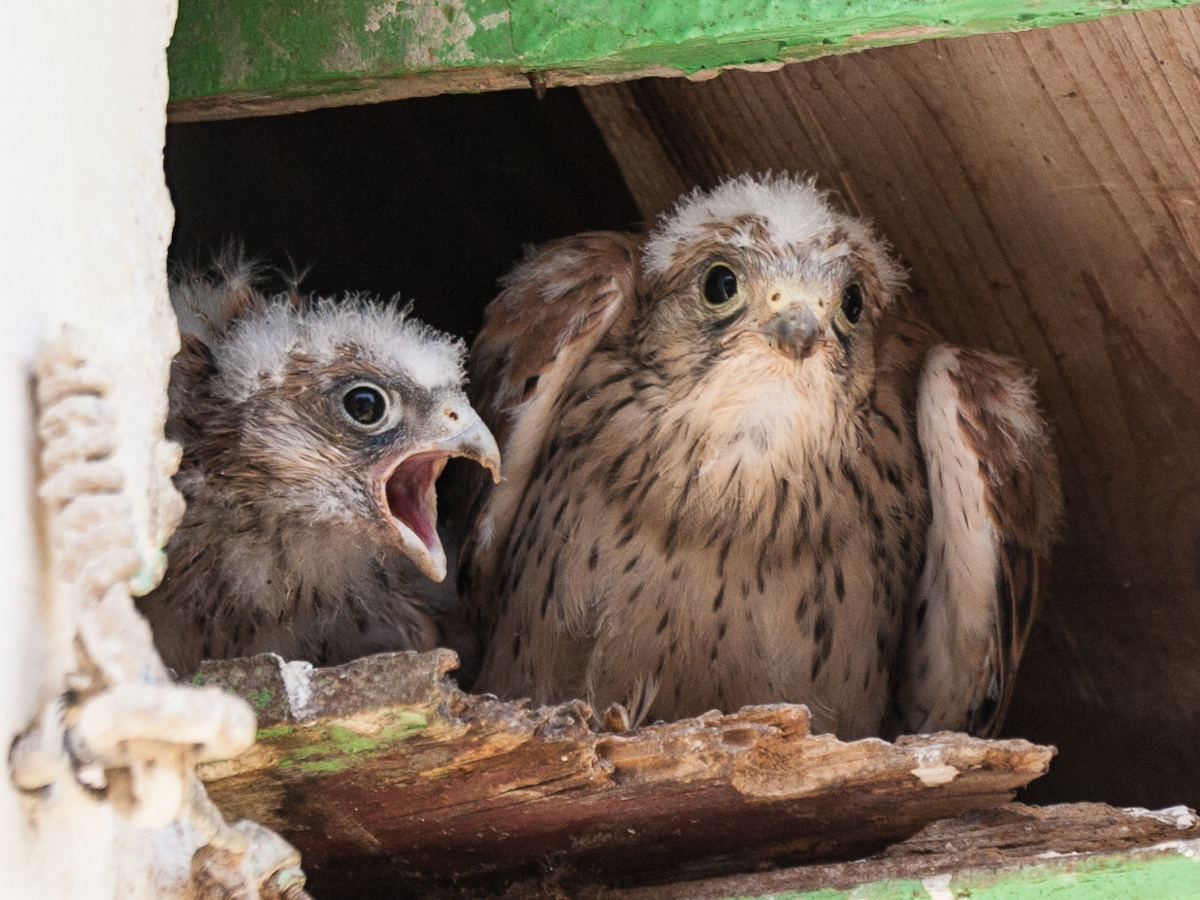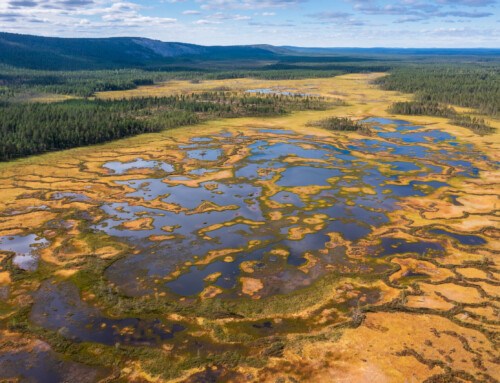LINKED PAPER
Nest‐site provisioning re‐shapes species interactions within bird assemblages. Catry, T. & Catry, I. 2019. IBIS. DOI: 10.1111/ibi.12731 VIEW
Outside my parents’ house in Belgium hangs a small wooden nesting box that is currently occupied by Great Tits (Parus major). Instead of staring at television screen, I prefer to gaze out the window and observe the busy lives of these small songbirds. The male and female take turns bringing food – mostly small green caterpillars – to the nest. At first sight, artificial nests seem to benefit local wildlife by providing more nesting opportunities. But human interventions can intentionally be harmful, for example by reshaping species interactions and bird communities (Davis et al. 2013, Mänd et al. 2005). A recent study on the Lesser Kestrel (Falco naumanni) in Portugal nicely illustrates the potential downsides of artificial nests.
Rollers
As part of the LIFE-project to re-establish of the Lesser Kestrel in Portugal numerous nest-sites (about 850 in 4 years) were provided in two protected areas (Catry et al. 2009). The nest-sites included wooden nest-boxes, cavities in nearby buildings and clay pots. This intervention was highly successful: between 2003 and 2017 the number of breeding pairs increased for 262 to 577. However, the provision of artificial nests had some unforeseen side-effects. First, some other bird species made use of the newly available nest-sites and often removed the clutch of the previous owners. For instance, European Rollers (Coracias garrulus) regularly displaced incubating Lesser Kestrels.
Figure 1 Different interactions between various bird species in a community. The addition of artificial nests influences these relationships.
Super-predation
A second consequence of adding artificial nests concerns direct predation of eggs and nestlings. Jackdaws (Corvus monedula) and Spotless Starlings (Sturnus unicolor) regularly predated Lesser Kestrel eggs (Koenig 2003). However, Lesser Kestrels also benefited from other species nesting in the added nest-sites by predating on the nestlings of Starlings. Predation is not just limited to eggs and nestlings, adult birds can also fall victim to so-called super-predation (i.e. one predator hunts another one, Lourenço et al. 2013). In this case, adult Kestrels are occasionally predated by Barn Owls (Tyto alba). These examples, ranging from nest displacement to predation, indicate how human intervention can reshape the species interactions in a bird community. The Great Tits at my parents’ place, however, don’t seem to bother, they keep providing juicy caterpillars for their nestlings.
References
Catry, I., Alcazar, R., Franco, A.M.A. & Sutherland, W.J. (2009). Identifying the effectiveness and constraints of conservation interventions: a case study of the endangered Lesser Kestrel. Biological Conservation 142: 2782– 2791. VIEW
Davis, A., Major, R.E. & Taylor, C.E. (2013). Housing shortages in urban regions: aggressive interactions at tree hollows in forest remnants. PLoS ONE 8: e59332. VIEW
Lourenço, R., Penteriani, V., Rabaça, J.E. & Korpimäki, E. (2013). Lethal interactions among vertebrate top predators: a review of concepts, assumptions and terminology. Biological Reviews 89: 270– 283. VIEW
Koenig, W.D. (2003). European Starlings and their effect on native cavity‐nesting birds. Conservation Biology 17: 1134– 1140. VIEW
Mänd, R., Tilgar, V., Lõhmus, A. & Leivits, A. (2005). Providing nest boxes for hole‐nesting birds: does habitat matter? Biodiversity Conservation 14: 1823– 1840. VIEW
Image credits
Featured image: Lesser Kestrel Falco naumanni | Вых Пыхманн | CC BY-SA 3.0 Wikimedia Commons






